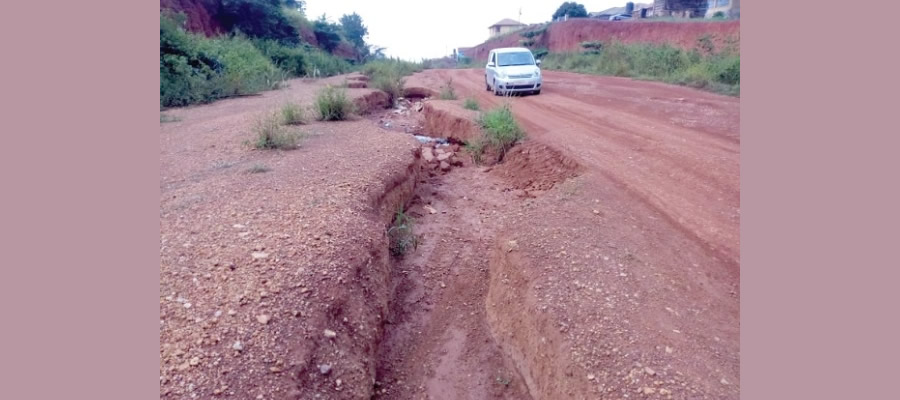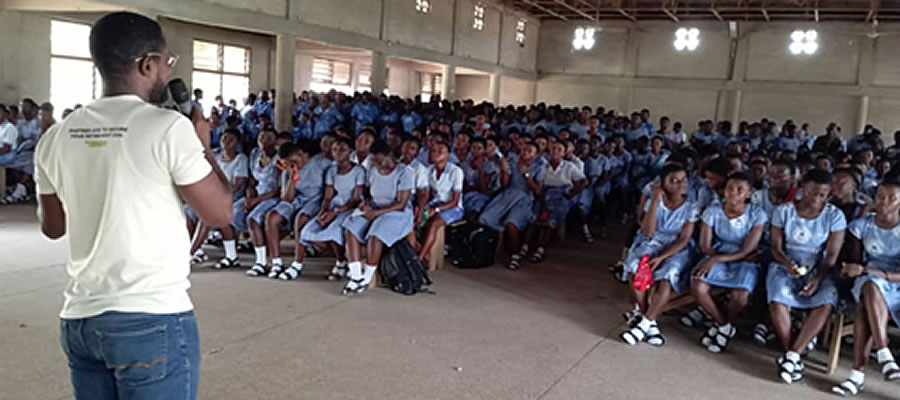

Literacy and Education
Education is a vital tool in all aspect of societal development. It is the process of acquiring knowledge, skills, values and attitudes to fully develop individual capacities for societal wellbeing. There is a relationship between education, human resource development and economic growth (United Nations Development Programme, 2011). Most Countries therefore place emphasis on educational policies in initiating programmes and projects to accelerate development. It is for this reason that out of the eight Millennium Development Goals (MDGs) goal (MDG 2) is dedicated to achieving universal primary education by 2015 (United Nations Development Programme, 2010).
Two indicators used to track MDG 2 are Net Enrolment Ratio (NER) in primary education and proportion of people starting grade one who reach the last grade of primary education. In addition, one of the indicators for MDG 2 is the ratio of boys to girls in primary, secondary and tertiary education. Education is also one of the three variables used for calculation of the Human Development Index (HDI) (UNDP, 2010). Table 3.9 shows population 11 years and older by sex, age and literacy status.
From the census, literacy is defined as the ability to read and write a simple statement with understanding. If a person can only read but cannot write or can write but cannot read, he or she is not literate. Similarly, if a person is literate some time ago but cannot read and write with understanding at present then he/she is not literate.
The results indicate that 13.7 percent are literate in English language only, 20.2 percent Ghanaian language only and as high as 65.5 percent in both English and Ghanaian language in the district. It further reveals that among the sexes, 12.1 percent males are literate in English only, 17.8 percent Ghanaian language only and finally as much as 69.3 percent being literate in both English and Ghanaian language. With respect to females, 15.5, 23.2 percent in English and Ghanaian language respectively and 60.8 percent being literate in both English and Ghanaian language.
The results show that 75.6 percent of the population 11 years and older are literate whilst 24.4 percent are not literate. The male literate and non-literate is 83.4 percent and 16.6 percent of the male population respectively. On the other hand literacy among the female population is 67.9 percent and 32.1 percent literate and non-literate respectively. Figure 3.3 presents the population 11 years and older by literacy. The data indicate that 65.5 percent of the population 11 years and older in Amansie West District are literate in English language. 20.2 percent are literate in Ghanaian language only and 13.7 percent are literate in English language only. Less than one percent (0.6%) is literate in English, French and Ghanaian language and English and French.
Table 3.10 presents the population 3 years and older by sex and level of education and school attendance. The Table shows that 92.2 percent of the population 3 years and older attending school and out of this, 4.65 percent are in basic school, Kindergarten (19.7%), primary (50.8%), JSS/JHS (17.8%)). Less than a tenth (7%) of the population is in SSS/SHS, 0.1 percent vocational/technical education, 0.2 percent post middle/secondary certificate and 0.5 percent in tertiary institutions.
In terms of those who attended school in the past, Nursery to Kindergarten had no records. This could be attributed to the fact that these were not part of the educational system in past. About one-fifth (21.9%) had primary education, 37.6 percent JSS/JHS, 27 percent Middle, 7.8 percent had SSS/SHS education and 5.6 percent of the population had levels beyond SHS level.
The difference between males and females in school participation occurs after basic education. In 2010, 7.7 percent of males and 3.2 percent of females had had post-secondary diploma and higher education. The proportion of males in higher education was twice more than that of females.
Date Created : 11/16/2017 8:09:48 AM













 facebook
facebook
 twitter
twitter
 Youtube
Youtube
 +233 593 831 280
+233 593 831 280 0800 430 430
0800 430 430 GPS: GE-231-4383
GPS: GE-231-4383 info@ghanadistricts.com
info@ghanadistricts.com Box GP1044, Accra, Ghana
Box GP1044, Accra, Ghana